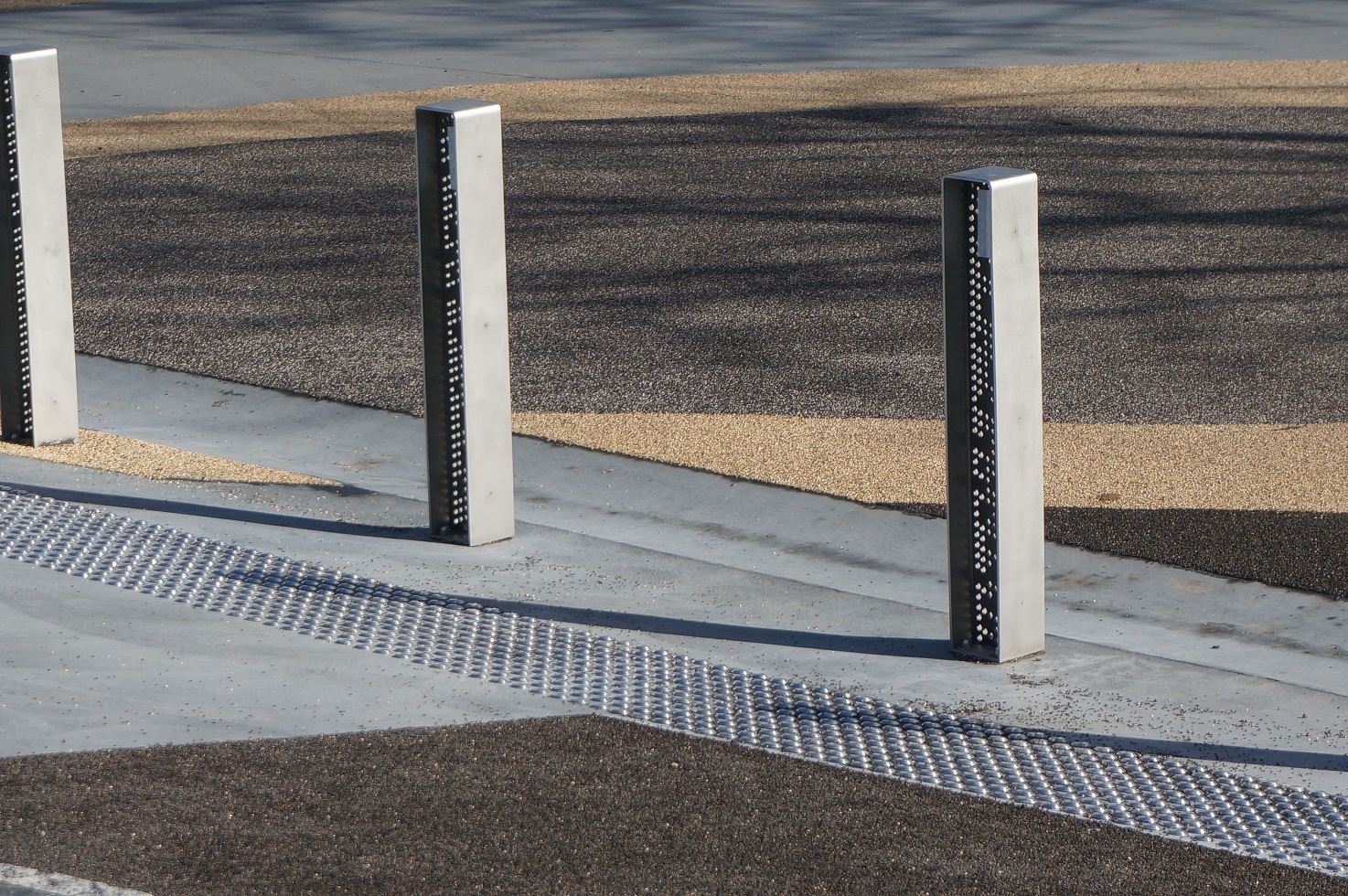He Ara Kotahi
He Ara Kotahi, translated as a pathway that brings people together is now complete and open to the public. The project located in Palmerston North forms a 7.1km track connecting Palmerston North directly to Linton Military Camp. A further 1.8km route connects the city to Massey University and FoodHQ. The pathway provides a safer more direct route for people to travel to work and educational centres east of the river.
The design inspiration for the bridge is a Karaka tree, with its roots on the Massey side of the river and the canopy in Dittmer Reserve, between the Esplanade and Ruha Street. The karaka has strong links to the history of the iwi, Rangitāne.
Generations of karaka have lined Karaka Grove at Massey University, providing food and shelter for the people that once lived there. Karaka trees also once covered the southern bank of the Manawatū River on the flat land between Turitea Stream and Fitzherbert Bridge. Early Māori settlers cleared some of the forest to plant kūmara. When the rest of the land was converted to farmland, the first European settler to farm the land protected the remaining trees.
There are other significant cultural sites along the route so the Council and Rangitāne have worked closely with archaeologists to protect these sites. Referencing the historic landscape, a series of hydro formed Karaka pods were also designed, developed and supplied to the project by Walkspace.
Walkspace, working alongside lead designer WSP Opus provided customised catalogue F_04 Series Bike Racks with and without integrated LED lighting as well as F_05 Fixed and Removable bollards, again with and without integrated LED lighting. Fabricated from stainless steel with powdercoated inner feature panels, the bike racks and bollards feature widely throughout the project.
As always, if you would like to learn more, please do not hesitate to contact the team at Walkspace










